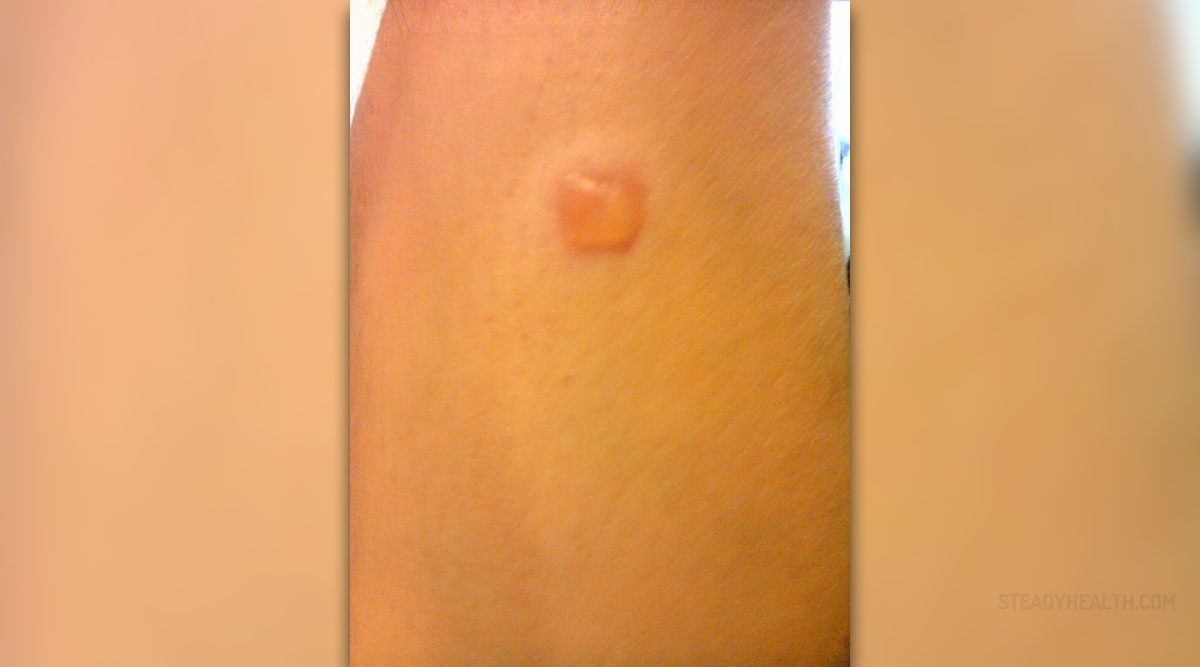
One can rupture an Achilles tendon at any stage of life. Previous physical history has little bearing on the onset of the condition, which tends to occur in those who are physically active only intermittently. The majority of such injuries occur as a result if sudden plantar flexion or unexpected dorsiflexion of the foot. Direct trauma and prolonged attrition of the tendon can also lead to a rupture.
The Achilles tendon - the largest tendon in our bodies - is strong, resilient and flexible, but has a tendency to stiffen easily. Its blood supply originates from the posterior tibial artery as well as the mesosternal blood vessels. Most ruptures occur in an area 2-6cm proximal to the calcaneus. This area has a less abundant blood supply, which becomes even more pronounced with age. Females tend to have a smaller cross-section in their Achilles tendons. This tends to generate less force than in a male, which could explain the fact that ruptures are less common in women.
Symptoms
Rupturing an Achilles might lead to a sudden snapping in the lower calf. This snapping will have been accompanied by a severe pain. Patients might experience swelling in the calf area, as well as a loss of plantar flexion. Those suffering from a ruptured Achilles tendon will most likely unable to move without limping. It might also be difficult for the patient to ascend stairs, run or to stand on their toes.
More indications of rupture might become apparent upon examination. For example, a doctor might discover a significant gap in the Achilles tendon. Doctors might also perform a test to ascertain whether excessive dorsiflexion of the affected leg has occurred. An O’Brien needle test might also indicate a rupture of the tendon. This test involves observing the movement of a needle inserted into the affected region.
Causes and Vulnerability
The chances of a rupture will be increased in those who have recently increased the intensity or volume of their physical activity. Those who have previously ruptured their Achilles tendon will of course be more vulnerable to rupture.
The most common cause of ruptured Achilles tendon involves the application of a sudden or unexpected force to a dorsiflexed foot. Peritenonitis can lead to eventual rupture of the Achilles tendon. Direct trauma is also a possible cause of the rupture.
Recreational athletes and those of middle or old age are often more vulnerable to Achilles tendon injury.


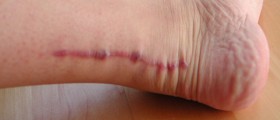



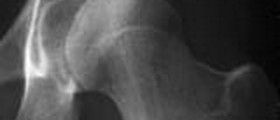
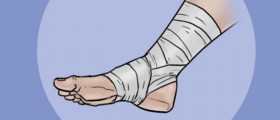








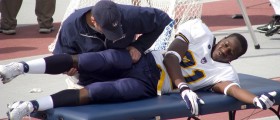
Your thoughts on this
Loading...